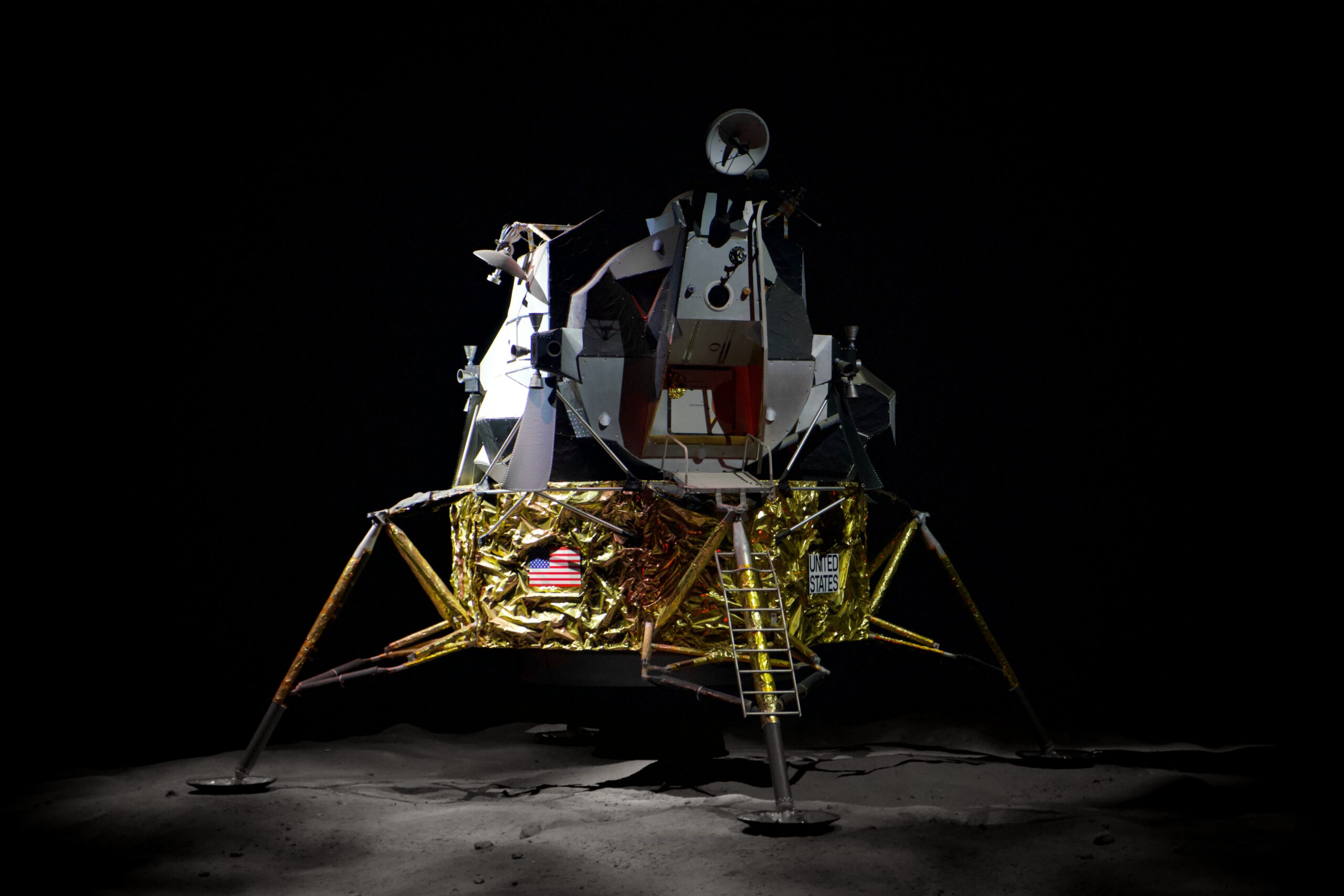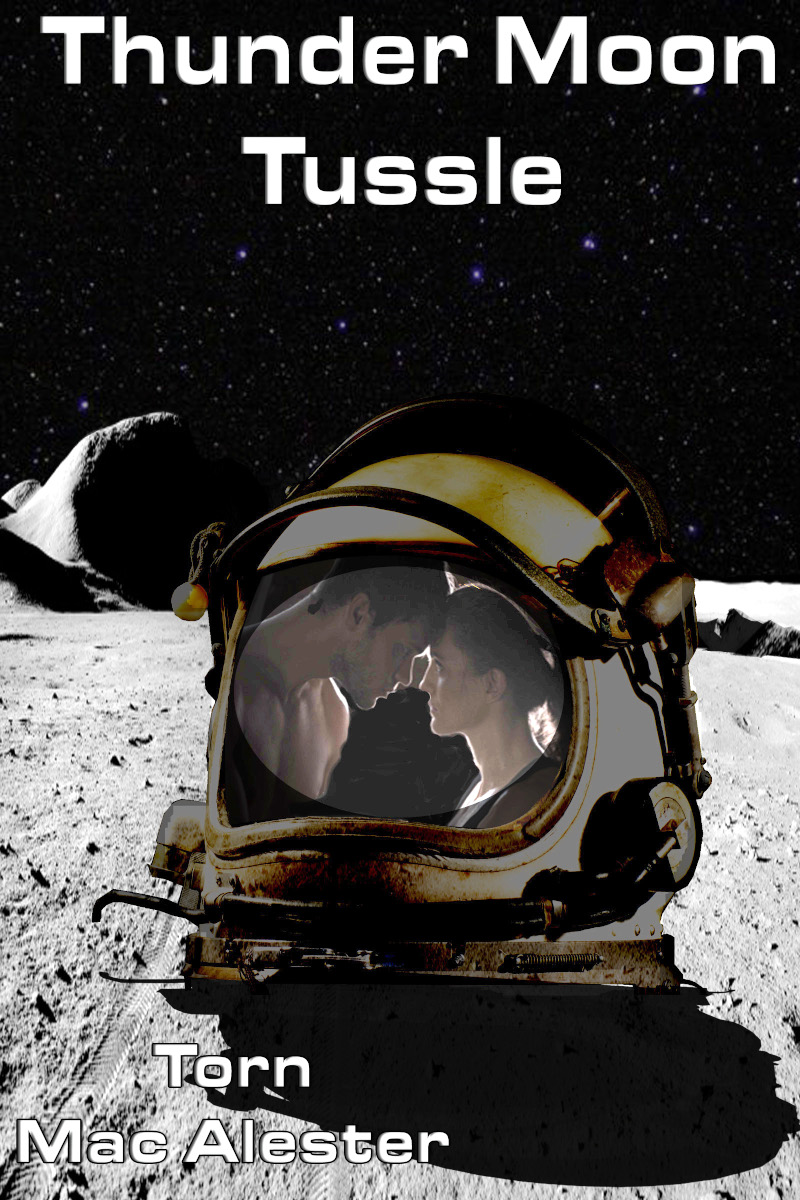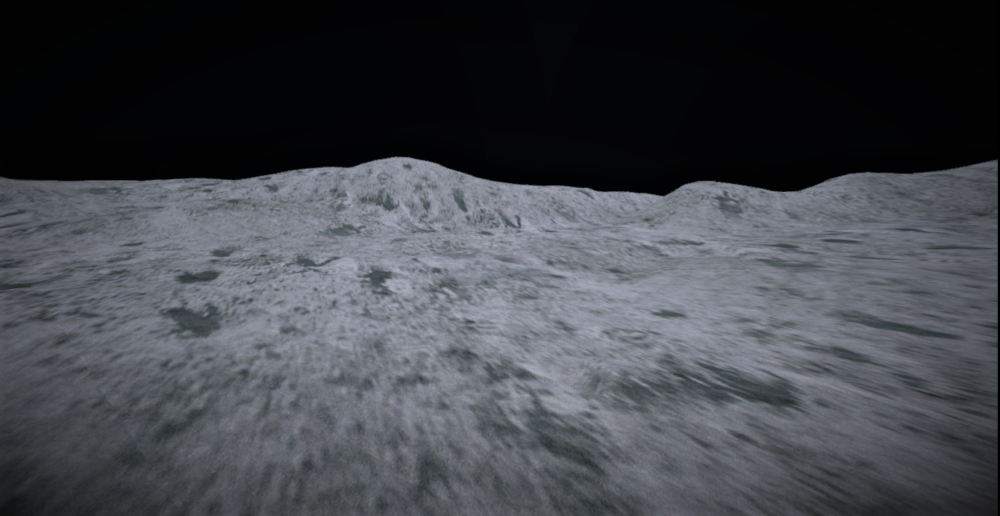
What follows is a short excerpt from “Thunder Moon Tussle” my novel. It is available at Amazon.com, click here. Prologue Nils Carmike glanced at his friend Milton Johnson across the table containing a half empty fifth and two covered glasses with straws. They took a seat in the corner of the Conrad Station Hotel Bar […]





